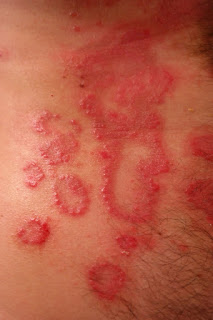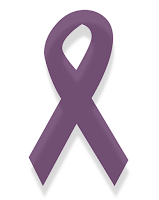 |
| Deep Vein Thrombosis |
Affecting up to as many as 200,000 Canadians each year, Deep Vein Thrombosis (commonly referred to as DVT) is a condition that occurs when blood clots form in the veins located in your body – typically affecting the thigh or lower leg. However, it is not unlikely for them to also develop in other areas of the body.
DVT usually occurs most commonly in Canadian adults aged 50 or older, and can be the result of many risk factors and health conditions that change how blood moves throughout your veins, such as injury to the veins, obesity, smoking, birth control pills, hormonal therapy, smoking, and staying seated for long periods of time. Certain forms of cancer, inflammatory bowel disease and heart failure have also been found to be linked to Deep Vein Thrombosis, and it can also occur as a result of pregnancy due to an increase in hormone levels and slower blood flow as the uterus expands. The increased risk of developing DVT can last as many as 6 weeks after giving birth. Certain surgical procedures can also lead to the development of DVT, so it is important to talk to your physician about the risks and benefits of surgery.
Dr. Ali Ghahary, a physician in Vancouver, treats patients with DVT based on the symptoms they present with. However, not all individuals with Deep Vein Thrombosis are even aware that they have this condition, as symptoms usually only occur in approximately half of individuals with DVT. The most common symptoms of DVT include swelling in extremities such as the ankles, legs, or feet, cramping or severe and unexplained pain, skin that feels warm to the touch or an area of skin turning blue or reddish in colour. One complication of DVT is known as a Pulmonary Embolism, a life-threatening condition that results in arteries in the lungs being blocked. Signs and symptoms of a Pulmonary Embolism include dizziness, sweating, chest pain, fast breathing, rapid heart rate and coughing up blood. If you experience any of these symptoms it is recommended that you seek medical attention immediately.
As mentioned, Deep Vein Thrombosis is usually diagnosed in combination with the symptoms patients present with. Dr. Ali Ghahary and other Vancouver physicians may order tests such as an ultrasound study, venogram, MRI, and a blood test known as a d-dimer. If you are diagnosed with DVT, medications such as Heparin or Warfarin may be prescribed. These medications help to thin the blood, thus making it difficult for the blood to clot and decrease the risk of developing blood clots in the future. If blood thinners are not successful, you may be given medication known as a Thrombolytic drug via intravenous. Thrombolytic therapy works to break up blood clots.
To prevent DVT, it is important to make certain lifestyle changes. These changes include smoking cessation, weight loss, and physical activity.



















